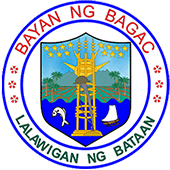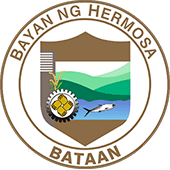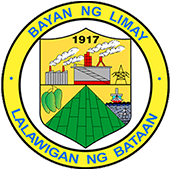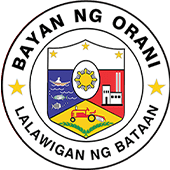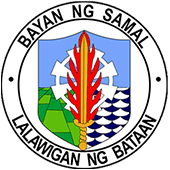
- About
- Governance
- Transparency Seal
- Provincial Officials
- Departments
- Provincial Governor’s Office
- Office of the Vice-Governor
- Sangguniang Panlalawigan
- Provincial Administrator’s Office
- Provincial Social Welfare and Development Office
- Provincial Population Office
- Provincial Government – Environment and Natural Resources Office
- Provincial Engineer’s Office
- Provincial Planning and Development Office
- Provincial Health Office
- Provincial Legal Office
- Provincial Tourism Office
- Provincial Information Technology Office
- Provincial General Services Office
- Provincial Human Resources & Management Office
- Provincial Information Office
- Provincial Disaster Risk Reduction and Management Office
- Provincial Cooperative & Enterprise Development Office
- Provincial Budget Office
- Provincial Treasurer’s Office
- Provincial Assessor’s Office
- Provincial Warden
- Public Employment Services Office
- Provincial Veterinary Office
- Office of the Provincial Agriculturist
- Office of the Provincial Accountant
- Iskolar ng Bataan
- Bataan Public-Private Partnership and Investment Center
- Bataan Human Settlement Office
- Cultural Heritage Preservation Division
- Internal Audit Services
- Metro Bataan Development Office
- Bagac Community and Medicare Hospital
- Jose C. Payumo Jr. Memorial Hospital
- Orani District Hospital
- Mariveles District Hospital
- City & Municipalities
- SP Ordinances
- Citizen’s Charter 2024
- Behold Bataan
- Services
- 1Bataan
History
- Home
- History
About Bataan
The province has an area of 1,372.98 square kilometres (530.11 sq mi), and covers the entire Bataan Peninsula, a rocky extension of the Zambales Mountains jutting out into the South China Sea, enclosing the Manila Bay. At the northern portion of the peninsula is Mount Natib (elevation 1,253 metres (4,111 ft)) and its surrounding mountains, separated from Mount Samat and the Mariveles Mountains in the south by a pass.
A narrow coastline plain characterizes the eastern portion of the province, while the western coast features many ridges, cliffs and headlands.


A Brief History of Bataan

16th century
Classical Period
The first inhabitants of the Bataan peninsula are the Ayta Magbeken people, who are one of the first Negrito ancestors of present-day Filipinos. Later on, Tagalog communities from southern Luzon migrated to parts of Bataan and the Ayta Magbeken migrated towards the mountain areas of Bataan by the end of the 16th century.

1647
Colonial Period
In 1647, Dutch naval forces landed in country in an attempt to seize the islands from Spain. The Dutch massacred the people of Abucay in Bataan. Historian Cornelio Bascara documents that the province of Bataan was established on January 11, 1757 by Governor-General Pedro Manuel Arandia out of territories belonging to Pampanga and the corregimiento of Mariveles which, at that time, included Maragondon, Cavite across the Manila Bay.
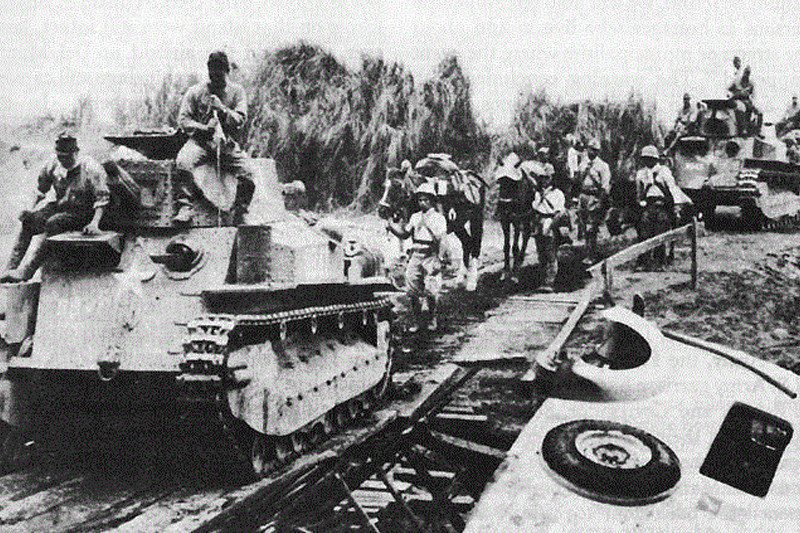
7 January – 9 April 1942
Battle of Bataan
The Battle of Bataan was fought by the United States and the Philippine Commonwealth against Japan during World War II. The battle represented the most intense phase of the Japanese invasion of the Philippines during World War II. In January 1942, forces of the Imperial Japanese Army and Navy invaded Luzon along with several islands in the Philippine Archipelago after the bombing of the American naval base at Pearl Harbor.

10,11 April 1942
Bataan Death March
The Bataan Death March was the forcible transfer by the Imperial Japanese Army of 60,000–80,000 American and Filipino prisoners of war from Saysain Point, Bagac, Bataan and Mariveles to Camp O'Donnell, Capas, Tarlac, via San Fernando, Pampanga, where the prisoners were forced to march until they died. Prisoners started out from Mariveles on April 10, and Bagac on April 11, converging in Pilar, Bataan, and heading north to the San Fernando railhead.
The Bunker
Mon – Fri: 8:00 am – 5:00 pm



